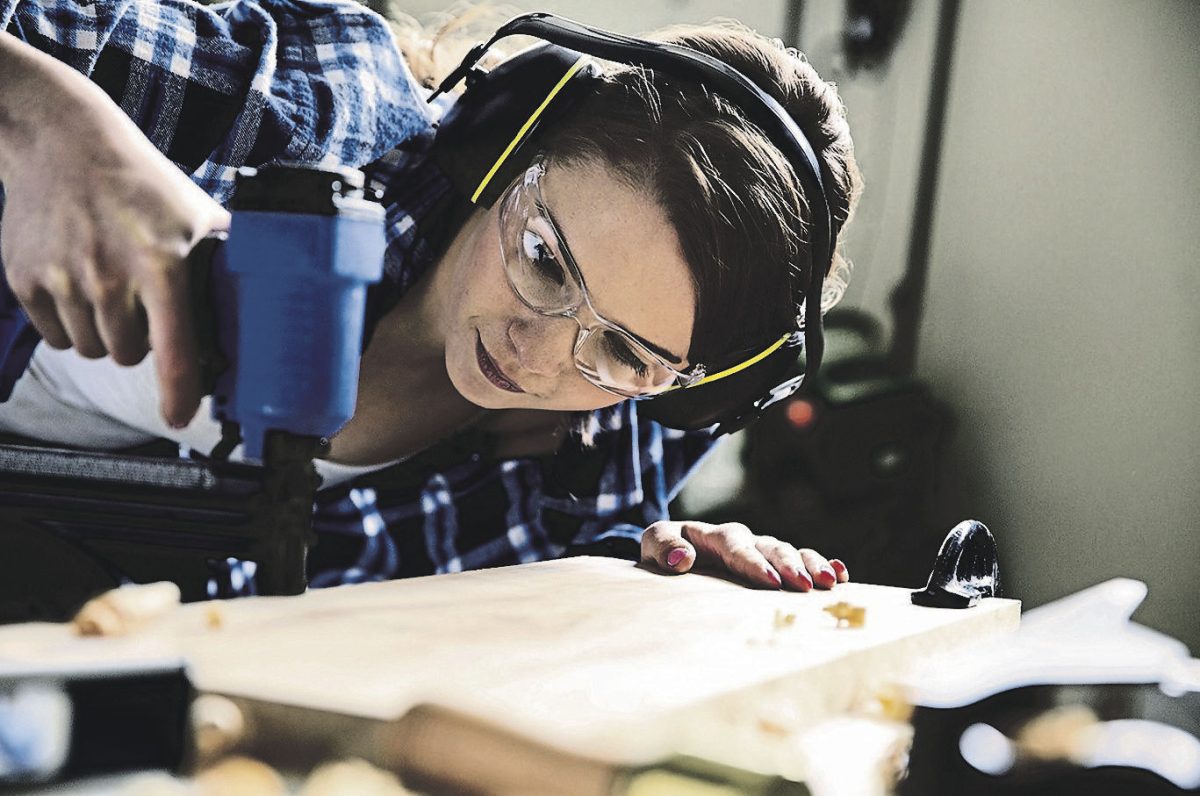Home improvement projects can be costly. Depending on the scope of the project, the choice of materials and the skill level involved to see the project through to successful completion, homeowners could be on the hook for thousands of dollars or even more when renovating their homes.
One popular way homeowners look to cut such costs is to do some, if not all, of the work themselves. Indeed, do-it-yourselfers can save a considerable amount of money. Estimates from the U.S. Census Bureau’s American Housing Survey indicate that homeowners can save anywhere from 50 to 80 percent on DIY projects compared to what they might pay for comparable work to be performed by a contractor. However, the key there is “comparable.” Cost overruns could derail DIY savings rather quickly if homeowners have little renovating skill or experience. But homeowners’ wallets aren’t the only thing in jeopardy if a DIY project goes awry.
Renovation projects require attention to detail, and that includes an emphasis on safety. Homeowners who are injured on DIY projects may face costly medical bills, while projects that are completed without incident could later pose safety hazards that require work to be redone, which is both expensive and a threat to personal safety in the interim. DIYers need not be discouraged from taking projects on themselves, but they should heed these tips to stay safe when working on their homes.
Make sure you choose the right ladder. DIYers may spend ample time shopping for drills and other electronic tools and gadgets that are fun to use. But ample time also must be afforded to the type of ladder you intend to use on a project. Estimates from the West Bend Insurance Company indicate that roughly 90,000 people visit the emergency room due to ladder accidents each year. Never use a broken ladder or an aging ladder that’s uneven. In addition, do not use a ladder that forces you to reach far away. If you’re leaning while using a ladder, the ladder is either too short for your project or positioned too far away from the wall. The National Home Security Alliance advises DIYers to place their ladder one foot from the wall for every four feet it rises above the ground. Test your ladders for their sturdiness prior to beginning work so you aren’t tempted to use a subpar ladder.
Be especially careful with power tools. Power tools can do a lot and they’re fun to use. But it’s important that DIYers do not let fun distract them from safety. The Power Tool Institute urges power tool users to wear personal protective equipment, including eye and hearing protection and a dust mask, whenever using power tools. The PTI also advises users to make sure tools are powered down before plugging them in and to inspect the tool before using it. Inspections can confirm that all guards are in place and that tools are up to the task at hand. Much like it’s unsafe to overreach on a ladder, overreaching when using power tools increase the risk for mistakes, accidents and injuries.
Avoid electrical work. Complicated electrical work is best left to the professionals. Estimates from the Electrical Safety Foundation International indicate that electrical malfunctions cause more than 50,000 house fires each year. Such malfunctions can occur for myriad reasons, and a lack of experience working with electrical circuits and breakers could make homes vulnerable to malfunctions and fires. It’s also worth noting that homeowners’ insurance policies may not cover damage caused by DIY electrical work. So at the very least homeowners should contact their insurance providers to determine if any accidents or injuries caused by DIY electrical work would be covered by their policies.
DIY renovation projects can save homeowners a lot of money, but those savings aren’t worth compromising your safety and the safety of your loved ones.
How to stay safe on DIY projects
April 21, 2022
DIYers should heed these tips to stay safe when working on their homes.

